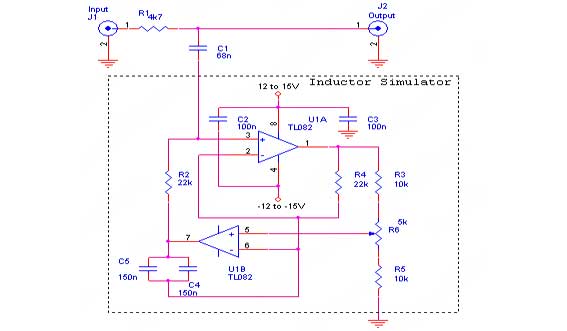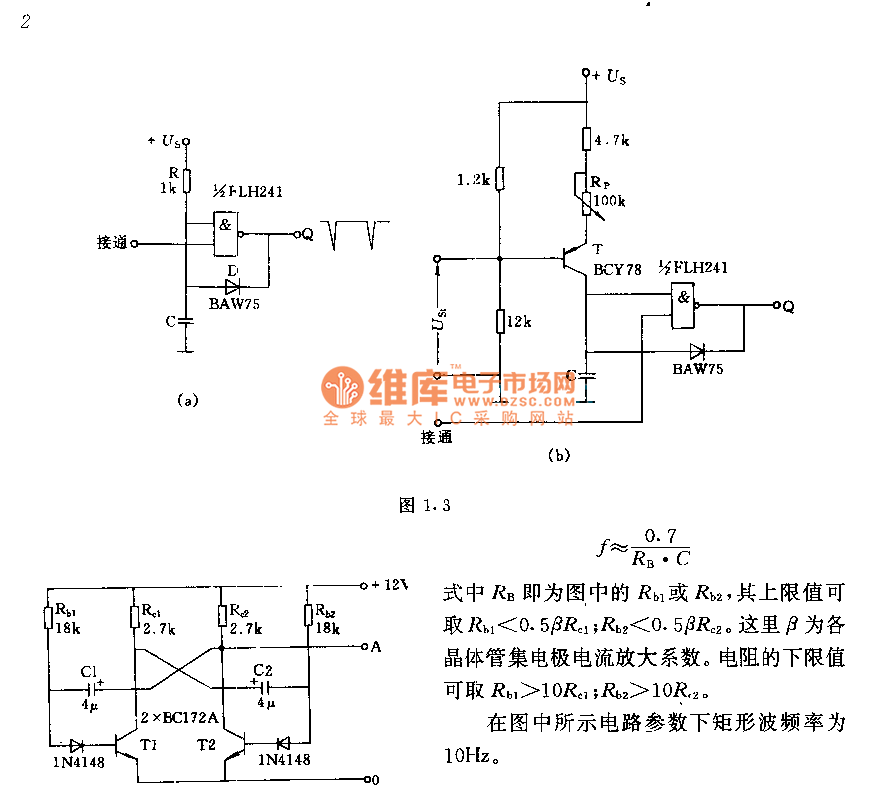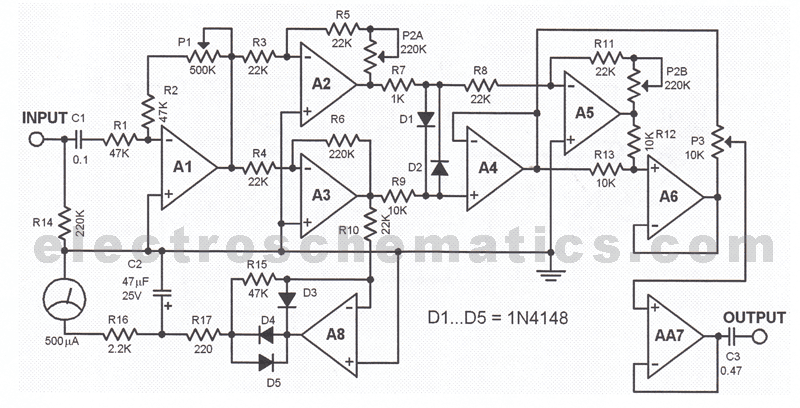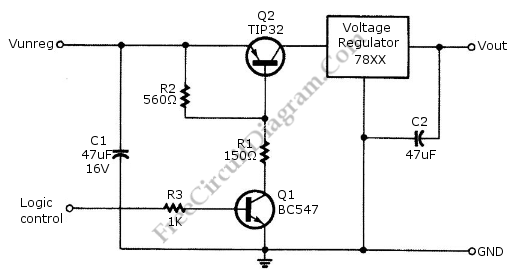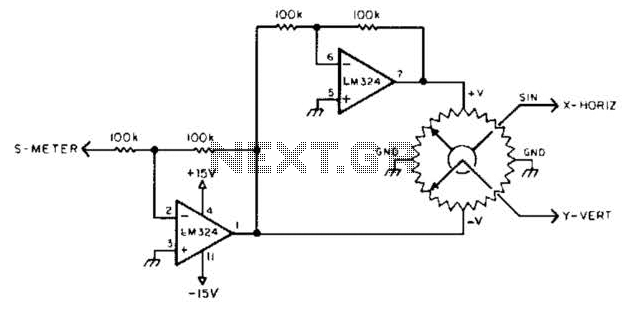
Auto-voltage starting time relay control circuit
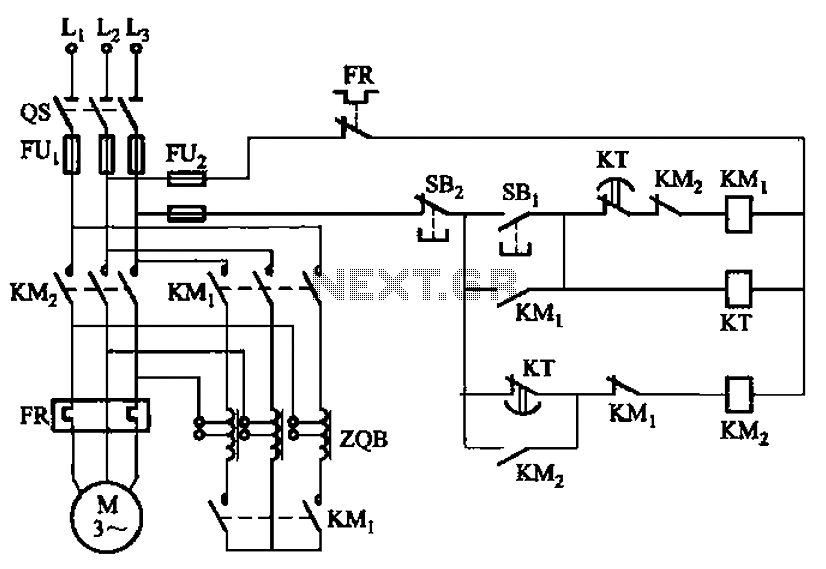
The circuit depicted in Figure 3-49 illustrates an autotransformer that is controlled by a time relay (KT). The delay time set by the KT relay corresponds to the motor's startup duration.
The circuit utilizes an autotransformer, which is a type of transformer that has a single winding that acts as both the primary and secondary winding. This configuration is beneficial for voltage regulation and provides a means to adjust the voltage supplied to the motor during startup. The time relay (KT) is a critical component in this circuit, as it determines the duration for which the autotransformer remains operational.
When the motor is powered on, the KT relay initiates a delay that allows the motor to gradually reach its operational speed. This delay is crucial because it helps to prevent inrush current, which can be detrimental to both the motor and the electrical supply system. The relay is calibrated to match the specific startup time required by the motor, ensuring optimal performance and protection.
As the motor accelerates, the relay monitors the elapsed time and will eventually deactivate the autotransformer once the set delay has expired. This transition is essential for switching the motor to full operational voltage, allowing it to run efficiently without the limitations imposed by the autotransformer.
In summary, the circuit in Figure 3-49 effectively integrates an autotransformer with a time relay (KT) to control the startup process of a motor, providing a reliable method for managing voltage and protecting against excessive current draw during the initial startup phase. Circuit shown in Figure 3-49. The circuit autotransformer out of operation by the time relay KT control. KT delay time is equal to the motor start-up time. Circuit shown in Fig ure 3-49. The circuit autotransformer out of operation by the time relay KT control. KT delay time is equal to the motor start-up time.
The circuit utilizes an autotransformer, which is a type of transformer that has a single winding that acts as both the primary and secondary winding. This configuration is beneficial for voltage regulation and provides a means to adjust the voltage supplied to the motor during startup. The time relay (KT) is a critical component in this circuit, as it determines the duration for which the autotransformer remains operational.
When the motor is powered on, the KT relay initiates a delay that allows the motor to gradually reach its operational speed. This delay is crucial because it helps to prevent inrush current, which can be detrimental to both the motor and the electrical supply system. The relay is calibrated to match the specific startup time required by the motor, ensuring optimal performance and protection.
As the motor accelerates, the relay monitors the elapsed time and will eventually deactivate the autotransformer once the set delay has expired. This transition is essential for switching the motor to full operational voltage, allowing it to run efficiently without the limitations imposed by the autotransformer.
In summary, the circuit in Figure 3-49 effectively integrates an autotransformer with a time relay (KT) to control the startup process of a motor, providing a reliable method for managing voltage and protecting against excessive current draw during the initial startup phase. Circuit shown in Figure 3-49. The circuit autotransformer out of operation by the time relay KT control. KT delay time is equal to the motor start-up time. Circuit shown in Fig ure 3-49. The circuit autotransformer out of operation by the time relay KT control. KT delay time is equal to the motor start-up time.
